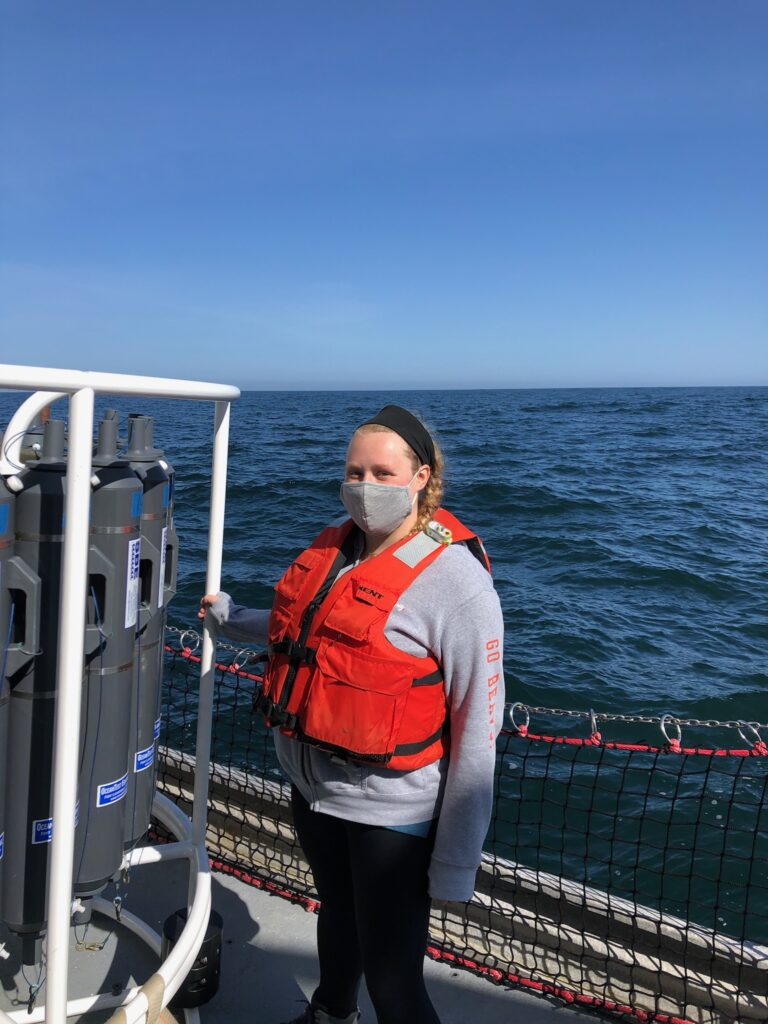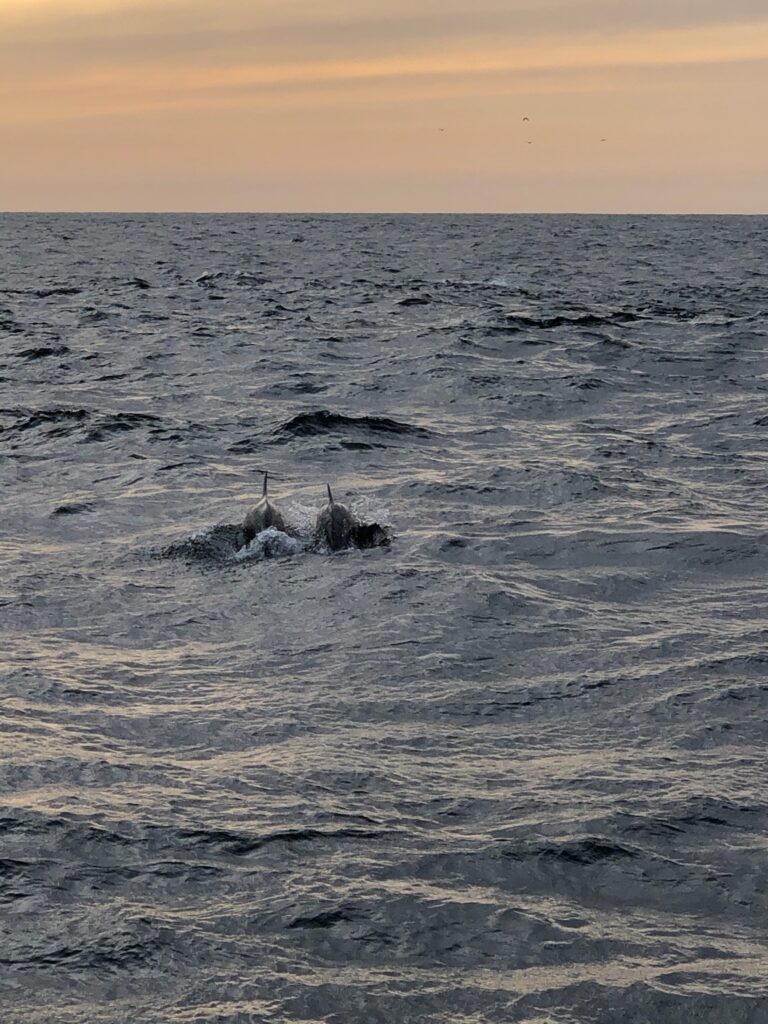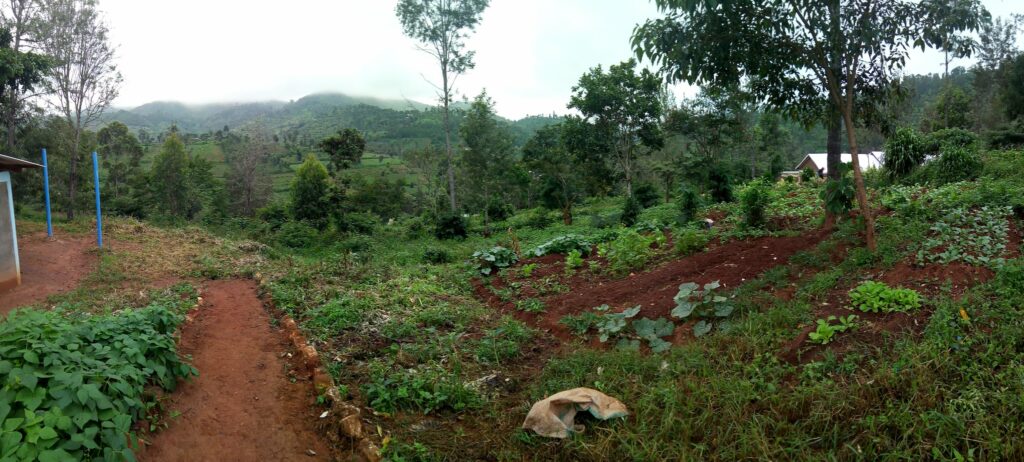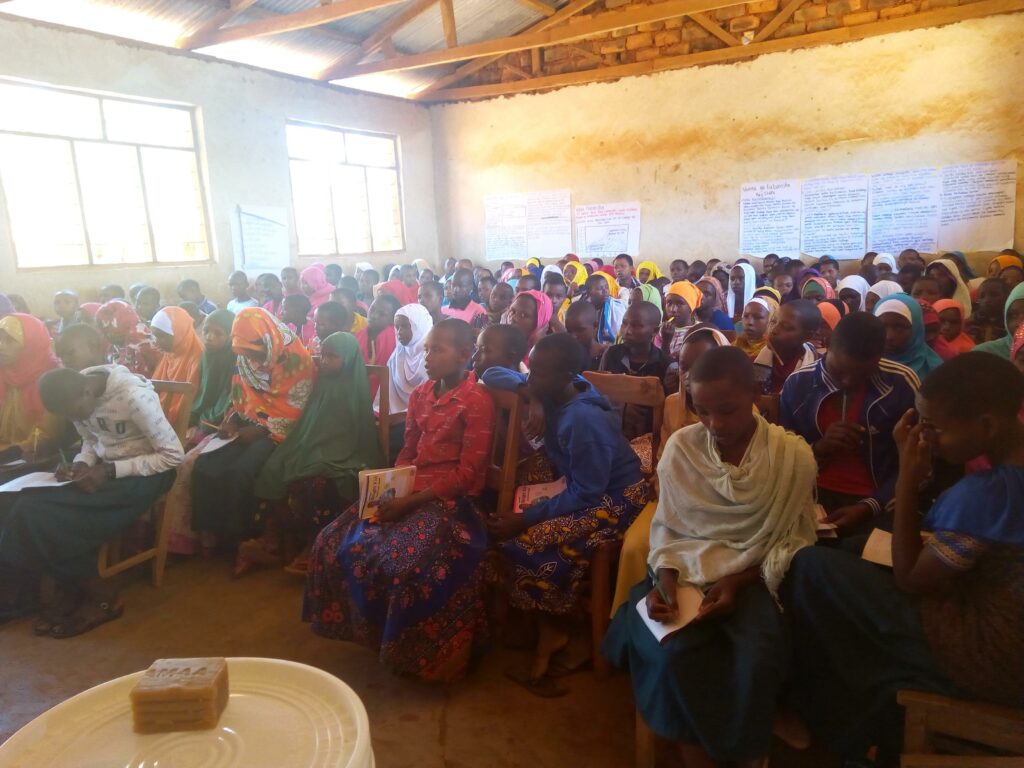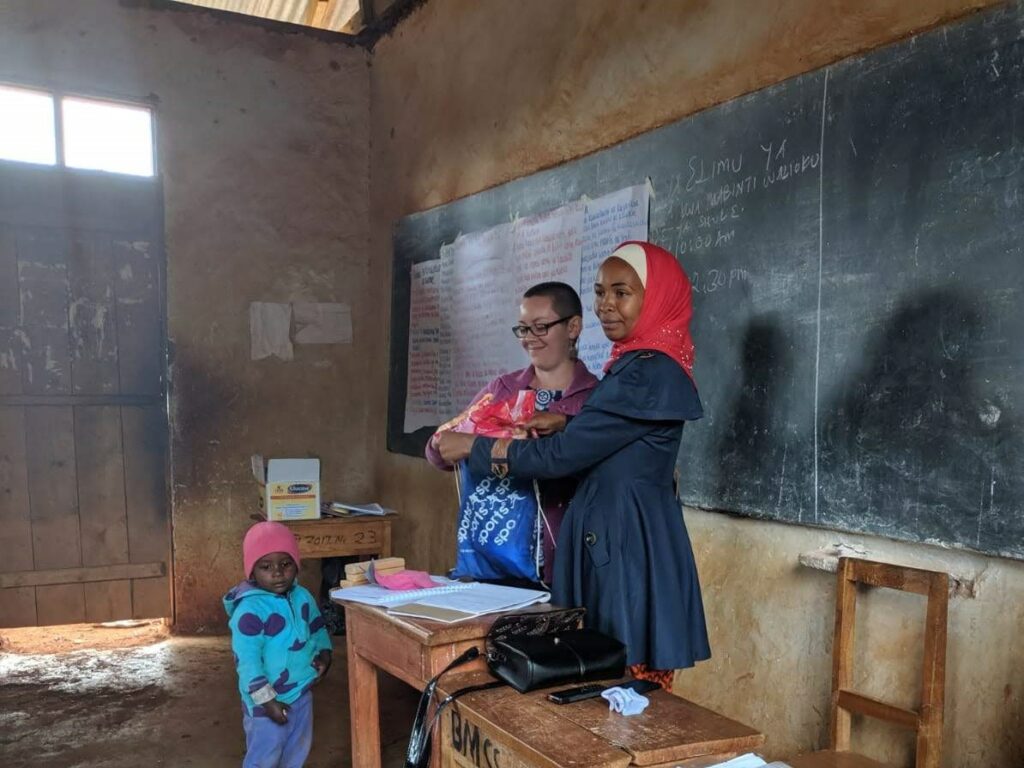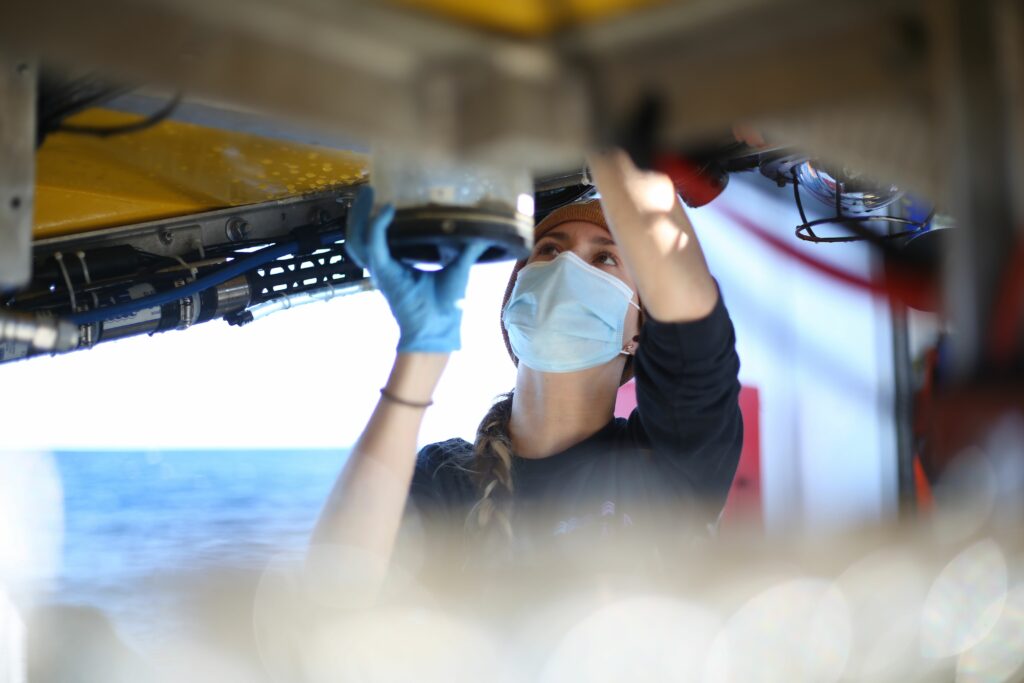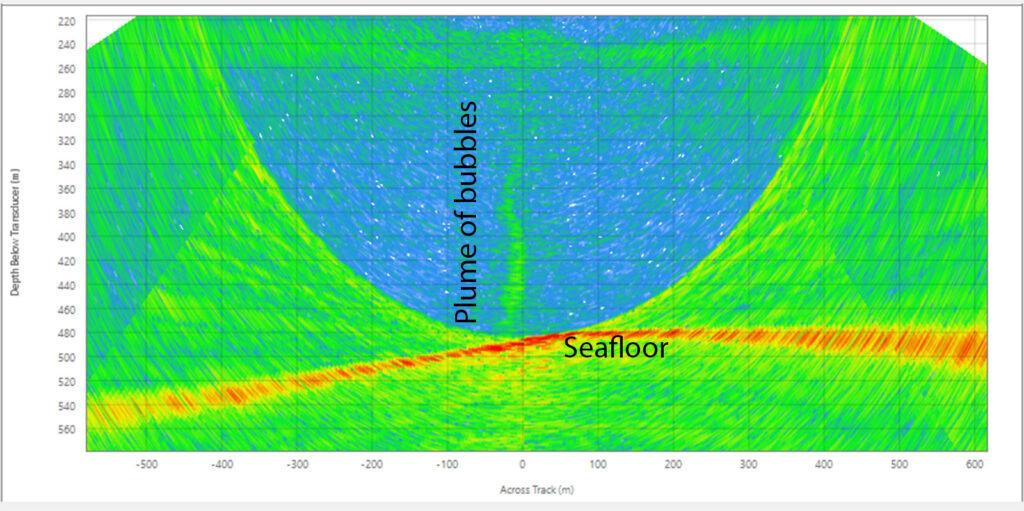Blog by Layla Ghazi, PhD student, Oregon State University College of Earth, Ocean, and Atmospheric Sciences
Twitter: @biogeoghazi

Biogeochemistry is the study of how matter moves through the biological and physical world. The field focuses especially on the biologically interlinked chemical cycles of elements such as carbon, nitrogen, sulfur, and phosphorus. During the spring semester of my junior year of college, I stumbled into the field of biogeochemistry, and I have not looked back. My research questions continue to expand, but they relate most directly to the carbon cycle. What is so sweet about the subject is that I can follow the questions that may develop along the way and end up in an entirely different biogeochemical cycle (ask me about my nitrogen cycle to molybdenum cycle rabbit hole).
Carbon is the fourth most abundant element in the universe. It occurs in many natural forms, ranging from gases like methane (CH4), chlorofluorocarbons (CFCs), and carbon dioxide (CO2) to solids like a diamond or the graphite at the tip of a pencil. Carbon is necessary to keep life as we know it on Earth going, but I’ll give credit for maintenance of the universe as a whole to hydrogen and helium.
A range of processes govern the movement (cycling) of carbon, which is heavily intertwined with Earth’s living and non-living worlds, including volcanic activity (which is rad). I’m most interested in a particular part of the carbon cycle that focuses on the oxidation of old organic carbon stored in sedimentary rocks (also known as petrogenic organic carbon, or OCpetro) in a process called geologic respiration or georespiration. Yes, rocks can “breathe.”
Maybe that prefix of “petro” is familiar? Like petroleum? Petro is the Greek prefix for rock, so petrogenic organic carbon is organic carbon that is released from rocks. The precise way the organic carbon is released through the rocks remains unclear, but some preliminary work shows that the main controls on georespiration are the processes of weathering (chemical or physical breakdown of material) and erosion (removal of material from one place to another).
How can you begin to measure how much CO2 is released from a rock that is being exposed to oxygen? The scale of that work would be absurd! Enter the trace element, rhenium (Re), which has become an important player in helping to quantify georespiration in certain rivers around the world. Re is believed to mostly be associated with the petrogenic organic carbon in sedimentary rocks through some sweet, sweet organic carbon-metal bonds. When ample oxygen is present, those bonds break, and two products are created synchronously: CO2 and Re. The CO2 is released once the petrogenic carbon meets oxygen, and Re is released from rock to solution phase as a soluble, negatively charged ion.
If you are wondering how this big question of “how do rocks breathe?” gets answered in real time with real data, the key places to look are in the rivers, in the bedrock, in the soils, in the rainwater, and anything else in between. What that means for me is that for the first time in my life, I get to conduct field work. I study georespiration in the Umpqua River of southwestern Oregon and the Eel River of northwestern California, which means my study sites are located in some of the most sublime scenery in the United States. The amount of material that the Eel and Umpqua each transport from the land to the ocean annually are also typical of small mountainous rivers all over the world, which makes what we learn about georespiration from them likely applicable at a global scale.


Identifying the chemical composition of the bedrock, the soil, the weathered materials, the sediment in the river water, and the petrogenic organic carbon is important to be able to paint a complete picture of the environment we are using to measure georespiration, which means I also work in a wet chemistry lab. As I begin my third year, I’ll be conducting a new (to me) kind of analytical chemistry work to further constrain the chemical and geological identity of the material in the Eel and Umpqua Rivers. These measurements will be combined with previous data of the river water chemistry to evaluate and refine Re as a way to quantify georespiration in the Eel and Umpqua Rivers.










